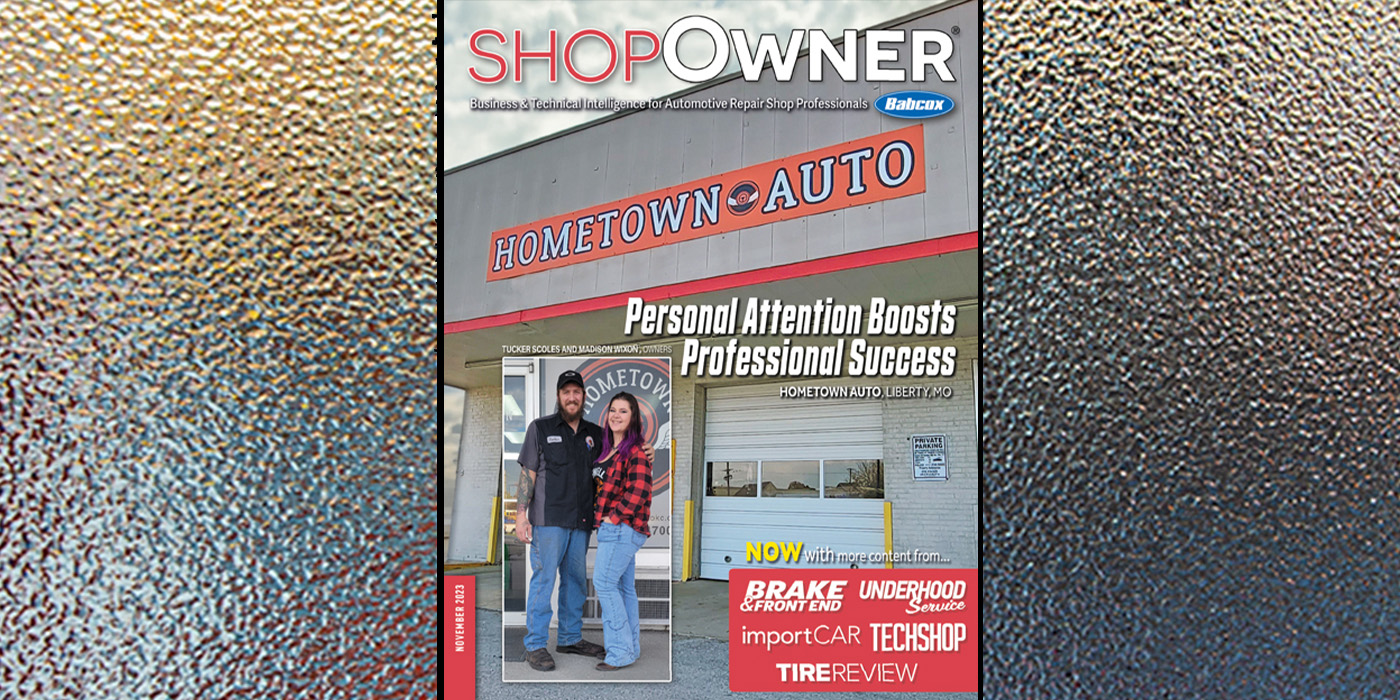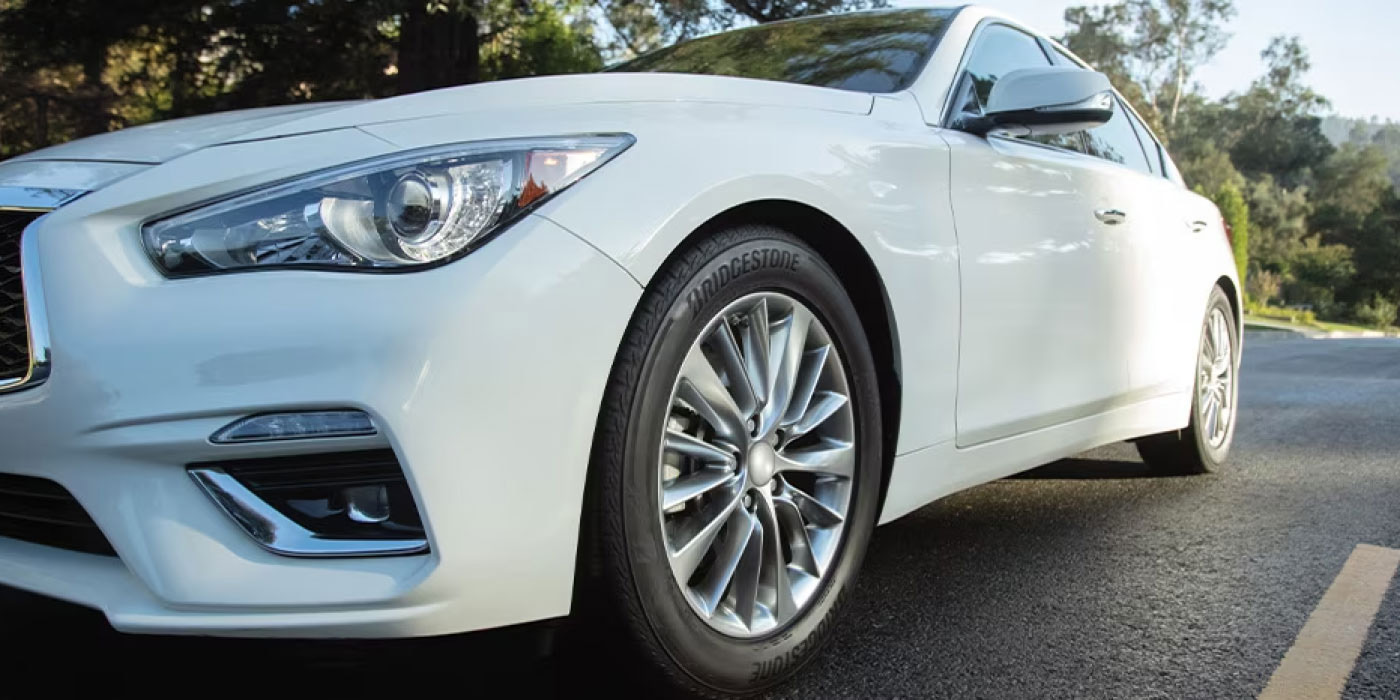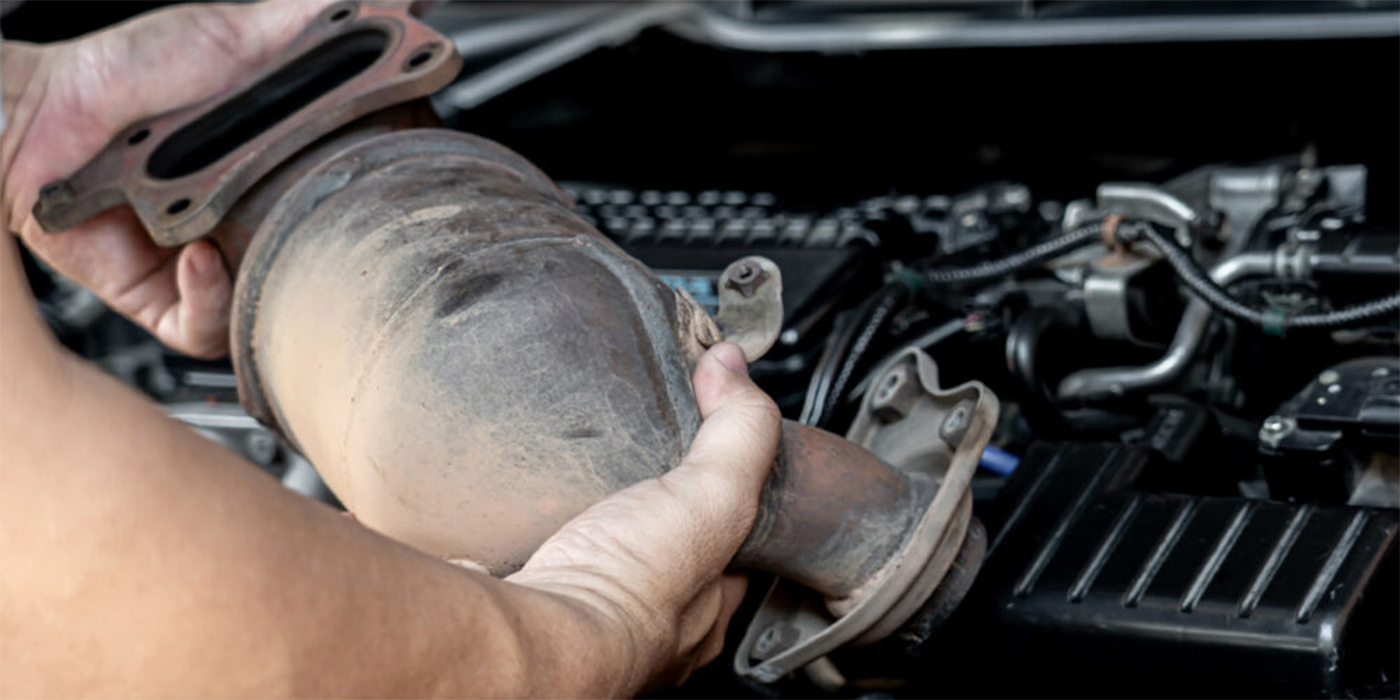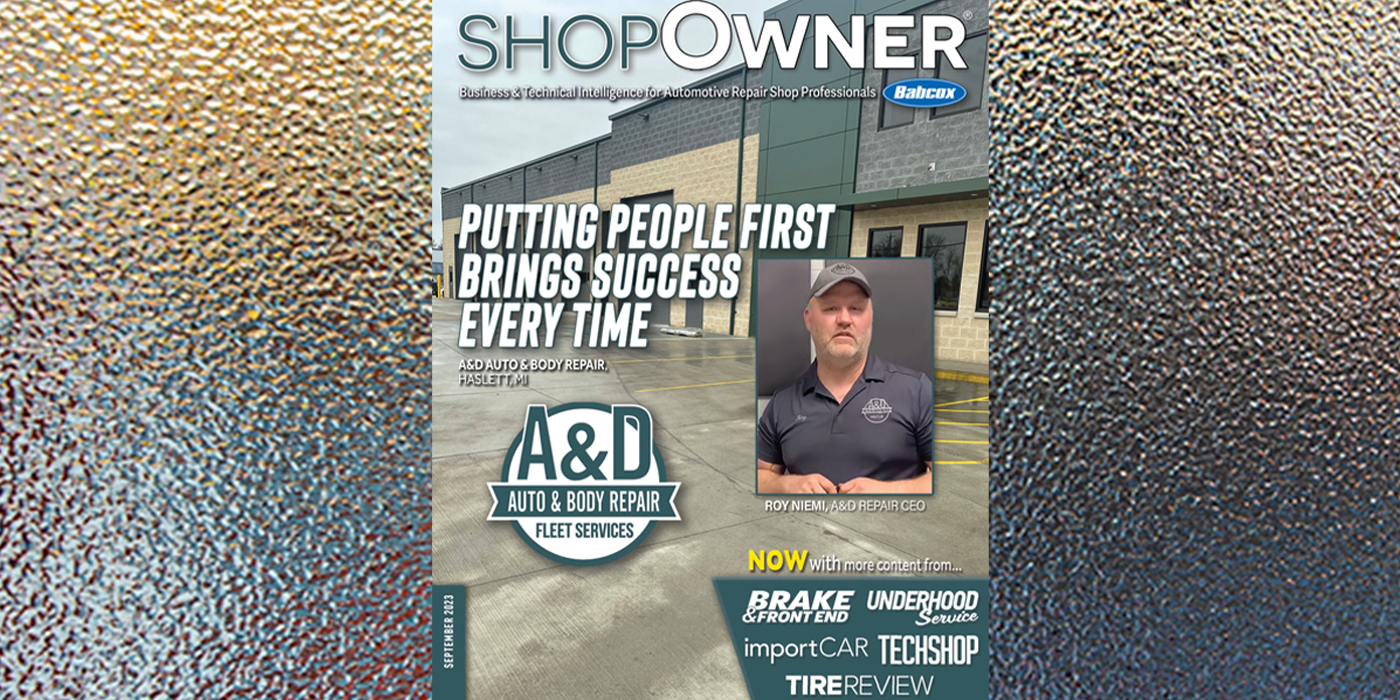by Cecil Bullard, CEO
AutobizU.com
I heard a statistic years ago (can’t remember the source) that stuck in my head and my experience working with shops over the years has reinforced it. The average shop owner makes 3% net operating profit. Meaning that the shop that does $1 million in annual sales nets about $30,000 at the end of the year, before taxes. This figure takes into account a reasonable salary and a few extras such as insurance, vehicle payments, gas and some meals out. If you added all those extras back in it would probably amount to 5% to 6% net profit, which is a far cry from the 20% that they should be achieving.
Some shop owners who are not making the kind of money that they want, believe that opening a second shop would double their income and profits. This statement when used in this context is almost always false and usually leads to disaster. If you think you can make the money that you are not making now in your existing shop by opening a second shop, you have no business opening a second business. What you should be doing is spending your time, energy and money making the shop that you already have run smoothly and achieve the desired results and profits.
When or why do you open a second shop? This is an important question if you want to be successful and if you want to keep your current shop from being negatively affected. This question must be properly answered before you spend the time, effort and money to open your second location. And, if answered properly, can mean the difference between disaster and success.
You open a second shop when:
• Your current shop is running (and has been running for some time) at 95% or better capacity and 20% or more net profit;
• You have all the proper systems and processes in place that make doing 100% seem easy;
• You have all the proper systems and processes in place that give you consistent performance, consistent profits and consistently high customer satisfaction;
• You are achieving a 70% return rate of existing customers, you have a 30% customer acquisition rate and your business is growing 10% or more each year;
• You are consistent in your performance (you do 95% or more, 100% of the time with little variance);
• You have outgrown your current facility and there is no way to expand;
• You have well-trained staff that takes responsibility for results;
• You have little or no debt and have saved three to six months worth of operating capital for the current location (not to be used for expansion);
• Your staff takes care of the day-to-day operations and there are days when you have little or nothing to do; and
• You have the time and money to take on the extra work and expense.
If you have checked off the above list and most of the answers are positive, then you might be ready to open a second shop. To do so, and not affect your current location, you should consider selecting a location 10 or more miles from your current location (in a rural setting this can be 20 or more miles), and do a proper market analysis.

Defining the Market
Before doing your market analysis, make sure you have defined your best potential customer. What income level do they have? What education level do they have? Do they own their homes? What types of cars do they drive? How many kids do they have? Where do they live — is it within three to five miles of your proposed location? (The number one reason people go to the shop that they go to is convenience.) What papers do they read? What radio stations do they listen to? What TV programs do they watch? What businesses do they frequent? Why do they go to the shops that they do? All of this data will help you determine if your proposed location is right for you and is a predictor of future success or failure.
There are many sources for marketing data:
• Talk with local TV, newspaper and radio station reps. They have invaluable market statistics and data that could take you many hours and dollars to obtain, and they are willing to give it to you as a potential advertiser.
• Talk to local realtors. They can give you valuable data regarding the local market, where your clients might live and where the best location to put your next business might be.
• Take the time to drive the streets around your proposed location. Investigate the housing and businesses within a seven- to 10-mile radius. Does the area have the kind of clients that you are looking for? Do they live within three to five miles?
• Talk with as many business owners in the area as you can. They’ll be able to give valuable information to sift through.
• Attend a local Chamber of Commerce mixer. Attend local BNI (Business Networking International), LeTip or Rotary meetings. The members of these groups are potential customers and are a cornucopia of valuable marketing information. Local insurance agents and realtors are usually the best networkers, talk to a few to get recommendations for a group.
• Get on the Internet. The Internet is a wealth of data once you know how to find it. Check your sources to determine how accurate the data is. If you can’t determine that the source is reliable, then scrap the data.
Budgeting for Success
Now that you have done your market research and your location looks like it will be a good one, take the time to put together a budget and a business plan. Most businesses fail within the first three years due to either poor management or lack of capital. In other words, they lack a business plan and don’t have enough financial resources. If you’re planning on using profits from your first location to keep this one afloat — don’t. What happens if the economy takes a tumble again, inflation rises, housing stops, terrorists bomb something? This is too risky and can kill both shops.

Once you have done your marketing plan and have your business plan completed, make sure that you have the proper financial resources. You will need one year’s worth of capital accessible to keep your new location solvent and get it in the black. Whatever costs you have forecast, double it. I’m not saying that you need to have all that money in cash in the bank (although it would be great), but I am saying that you need to have the resources available even though you might not need them. The costs associated with opening a new business are always more than what you plan for. If you do it without spending all the money, then you’ll have some extra to start thinking about your third location or to spend on a new truck or boat.
Training Ground
Now that you have a marketing analysis and plan, a business plan, a location and the proper financial resources available, consider using your Golden Goose as a training ground for new employees.
Don’t remove valuable employees from your existing shop leaving that location shorthanded and vulnerable. Spend some of your capital having the new employees spend two weeks to a month in your existing shop to learn all the systems and processes that make you successful. Take the time to make sure that they know what to do and how to do it so that you can “wow” your new customers right from the start.
Now go out, be successful and have some fun.
Cecil Bullard is a 31-year automotive service industry veteran and a third generation technician and owner. An industry teacher, author and past board member of the Automotive Service Councils of California, Cecil is the CEO of AutobizU.com in Ogden, UT ([email protected]), where his mission is to help automotive service businesses create and implement a plan for their success.














